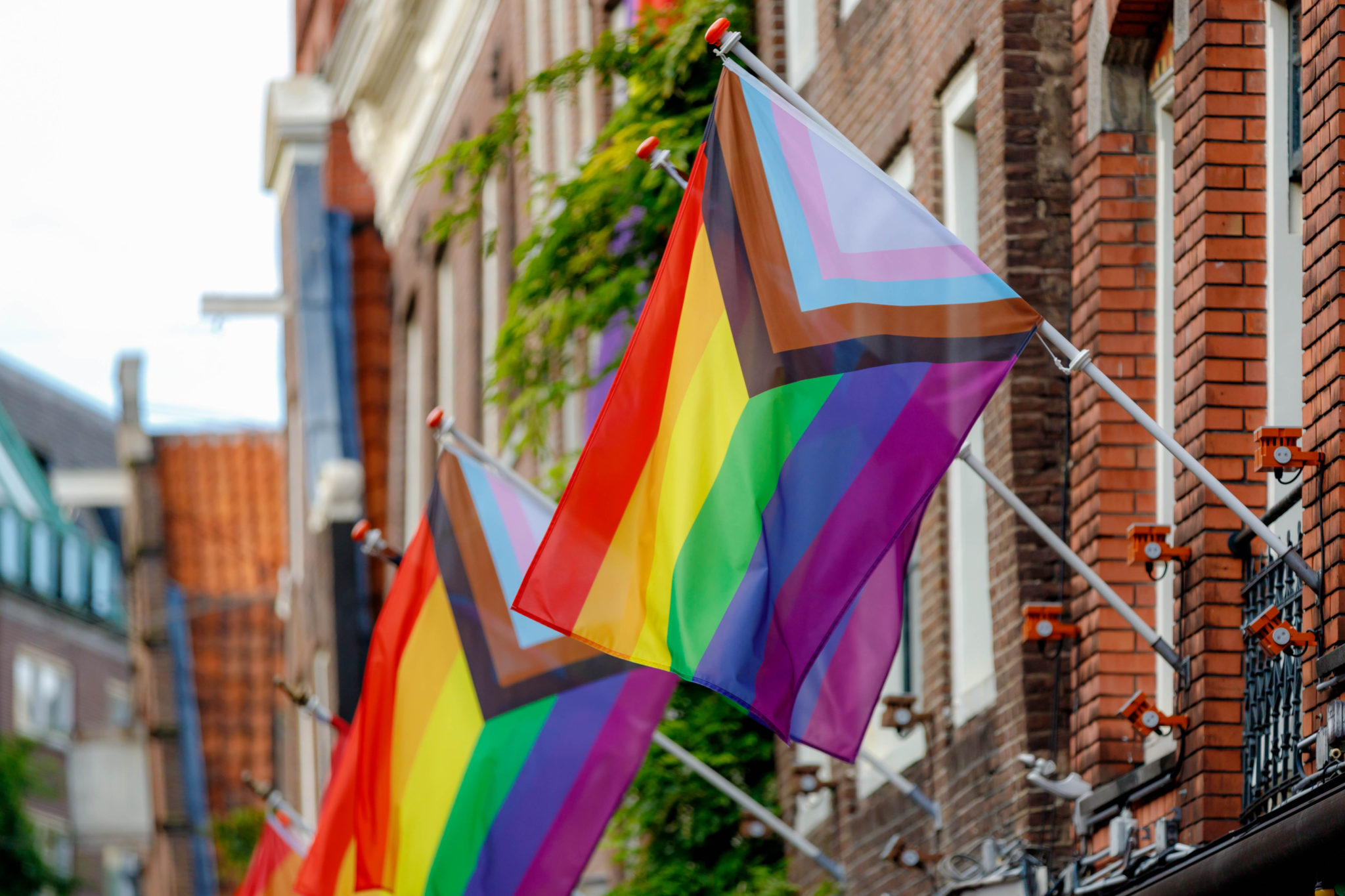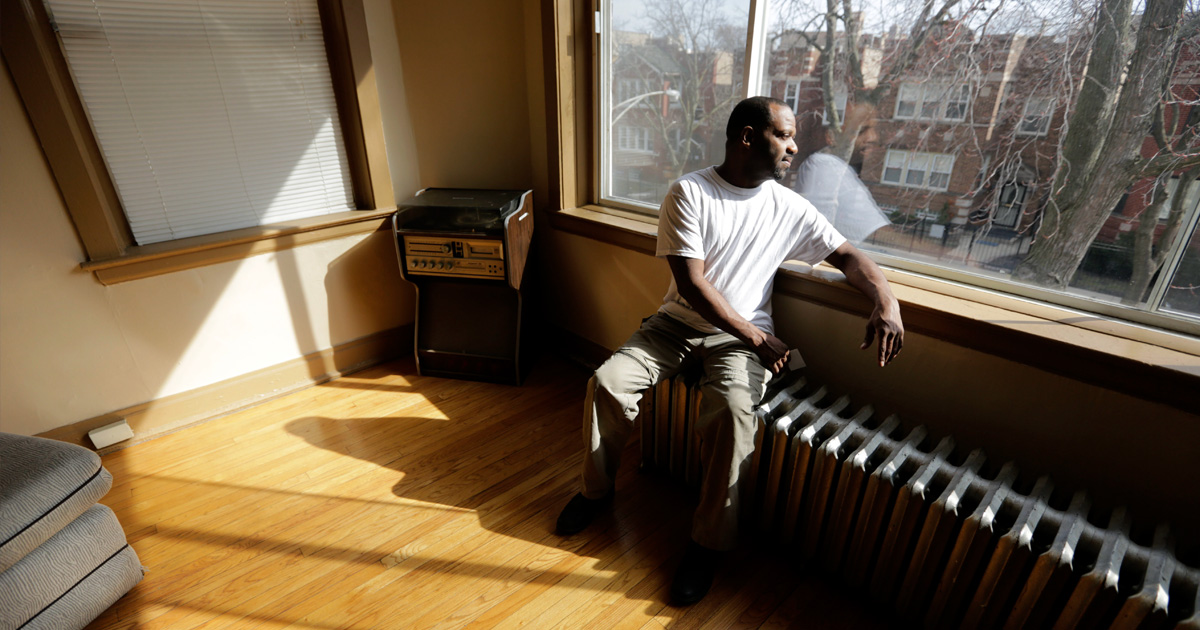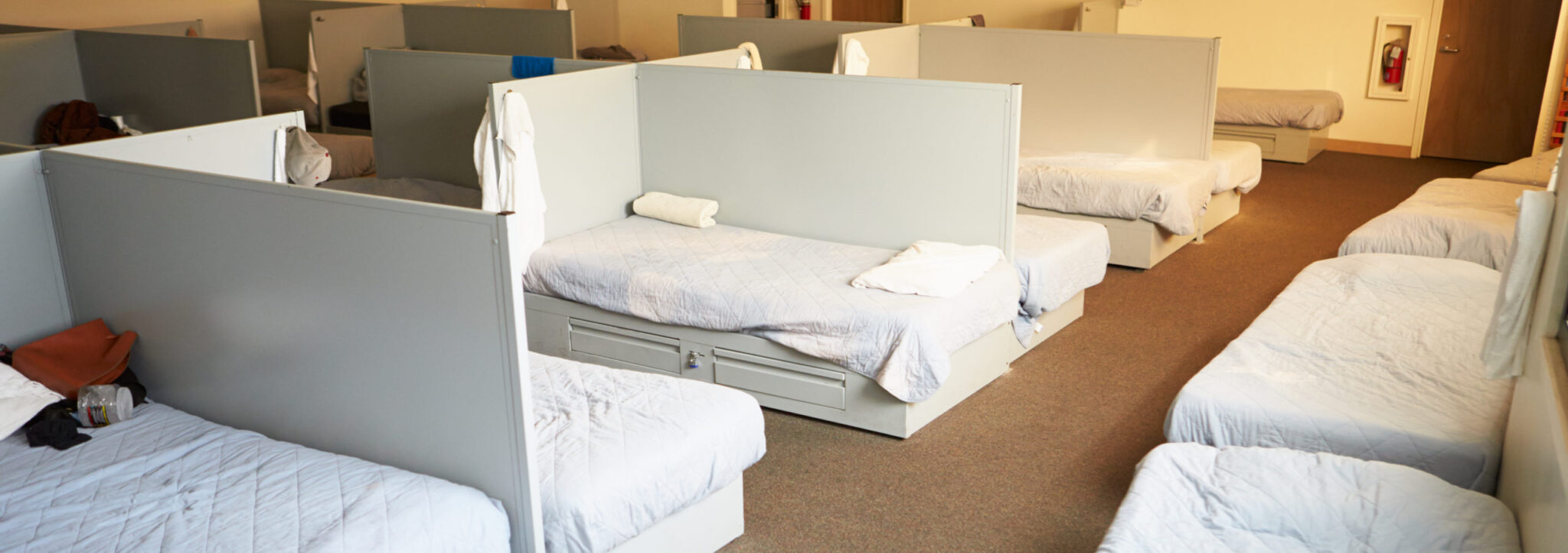The month of June celebrates Pride Month – when the LGBTQ community comes together to celebrate their identities and continue the fight for equality.
Despite the many parades and rainbows, the joy of celebration, and the strides that society as a whole has made to embrace LGBTQ people, there is still an ongoing fight for equality and equity, both inside and outside the homelessness sphere.
To end homelessness, we must integrate equity into our approaches in an intersectional manner: embracing LGBTQ equity alongside racial equity, health equity, disability justice, and dozens of other systemic factors that contribute to homelessness.
Centering the voices and experiences of those who share these lived experiences is critical to ensuring full inclusion, continuing the most effective approaches, and fostering progress. There is no better example than youth homelessness providers who continually seek to uplift and center the voices of those in the LGBTQ community.
Breaking Down Barriers, Creating Safe Spaces
The work to end youth homelessness necessitates an understanding of the barriers and discrimination that youth face in becoming housed, given that 20-40% of youth experiencing homelessness identify as LGBTQ. The combined effects of homophobia, transphobia, and both state-level and proposed federal rules have deterred people from living as their true selves at a time when this safety and security is needed most: entering homelessness. A recent executive order, though, will strengthen initiatives to address LGBTQ homelessness and housing stability, including for LGBTQ youth, and aims to provide guidance and trainings on how homeless service providers can best serve LGBTQ people experiencing homelessness.
Youth homelessness spaces, consequently, need to be affirming for members of the LGBTQ community. Many providers have already led this charge. If there’s one thing to celebrate this Pride Month, it’s how providers continue to make space for LGBTQ youth experiencing homelessness to express their needs, and then follow through on it.
Lifting Up LGBTQ Youth Voices
There are countless examples of youth homeless service providers embracing LGBTQ voices nationwide.
Organizations like the A Way Home America coalition have led with lived experience, putting power in the hands of LGBTQ youth who have experienced homelessness to actively influence what policies and practices would best serve them.
The Homeless Youth Forum of Los Angeles allow an open space for youth with lived experience to become part of Los Angeles’ decision-making process by lending their input. Nationally, True Colors United focuses on ending LGBTQ youth homelessness, and Covenant House intentionally incorporates LGBTQ inclusion into its policies and practices.
On the federal level, many Rapid Re-Housing for Youth programs have specifically targeted LGBTQ youth, addressing needs that are specific to this population. The U.S. Department of Housing and Urban Development’s Youth Homelessness Demonstration Program (YHDP) is designed to reduce youth homelessness in selected communities across the U.S. One goal of the program is specifically to focus on LGBTQ youth, and includes the creation of Youth Action Boards to ensure that youth voices are integrated into the housing process while promoting equity and youth leadership. The success of programs like YHDP rests on the shoulders of youth involved – and that their voices are brought to the table.
Serving and Affirming LGBTQ Homeless Youth
Incorporating these voices is integral to promoting equity and ensuring that people who disproportionately experience homelessness have their needs met. LGBTQ people have seen many challenges the past few years, and continue to do so in the homelessness field: LGBTQ young adults are more than twice as likely to experience homelessness than their non-LGBTQ peers, and this rate is higher for BIPOC individuals.
With such a high percentage of youth experiencing homelessness identifying as LGBTQ, the youth space would not be as rich or full without the contributions of its queer members. When providers listen to the LGBTQ youth they serve – and modify this service delivery based on what they hear – they are inherently tailoring needs based on this population’s experiences.
The homelessness field has more work to do to truly incorporate the voices of people with lived experience into its decision-making processes. And the federal government backs this commitment, considering an increased scoring value in recent Notice of Funding Opportunity competitions for integrating those with lived experience in homelessness planning. Whether you’re a provider looking to broaden the scope of who you bring to the table, or are looking for new ideas on how to do so, turn to existing role models: youth homelessness providers who have pushed the system forward.
The youth homelessness sector – specifically LGBTQ homeless youth providers – have been paving the way on this for years. At a time when we celebrate the LGBTQ community as a whole, let’s not forget the tireless work of youth providers who celebrate and uplift LGBTQ youth with lived experience of homelessness every day.
Stay Updated: Solutions, Stories, and Ways to Make an Impact
Sign up to receive updates on the Alliance’s work, including the latest research, advocacy efforts, and real stories of progress — plus ways you can help drive lasting change.














